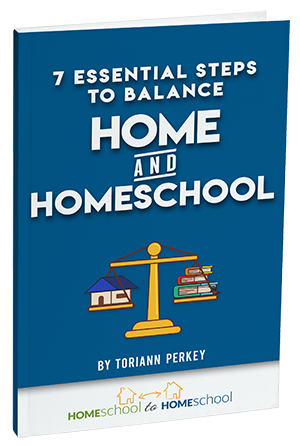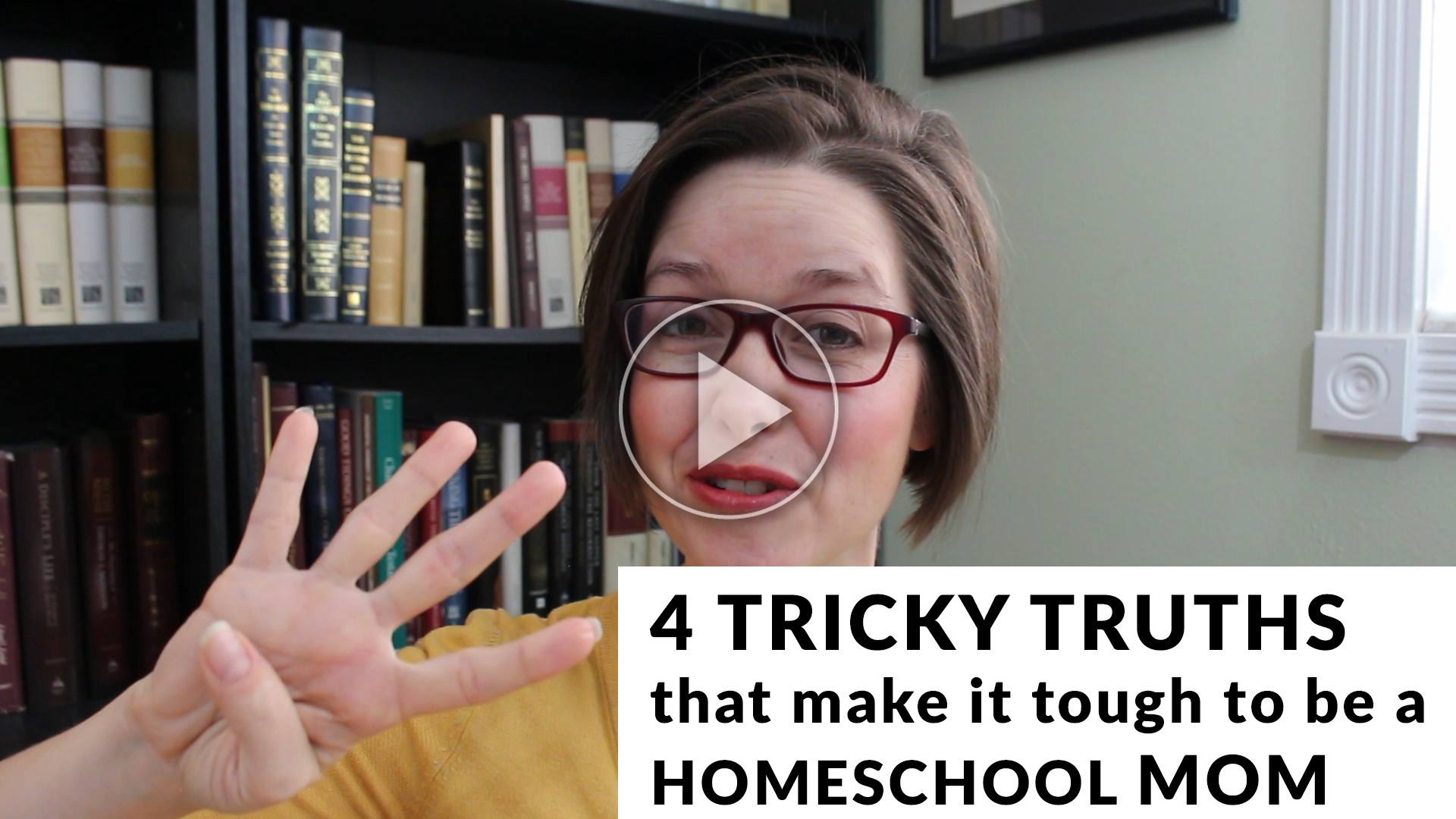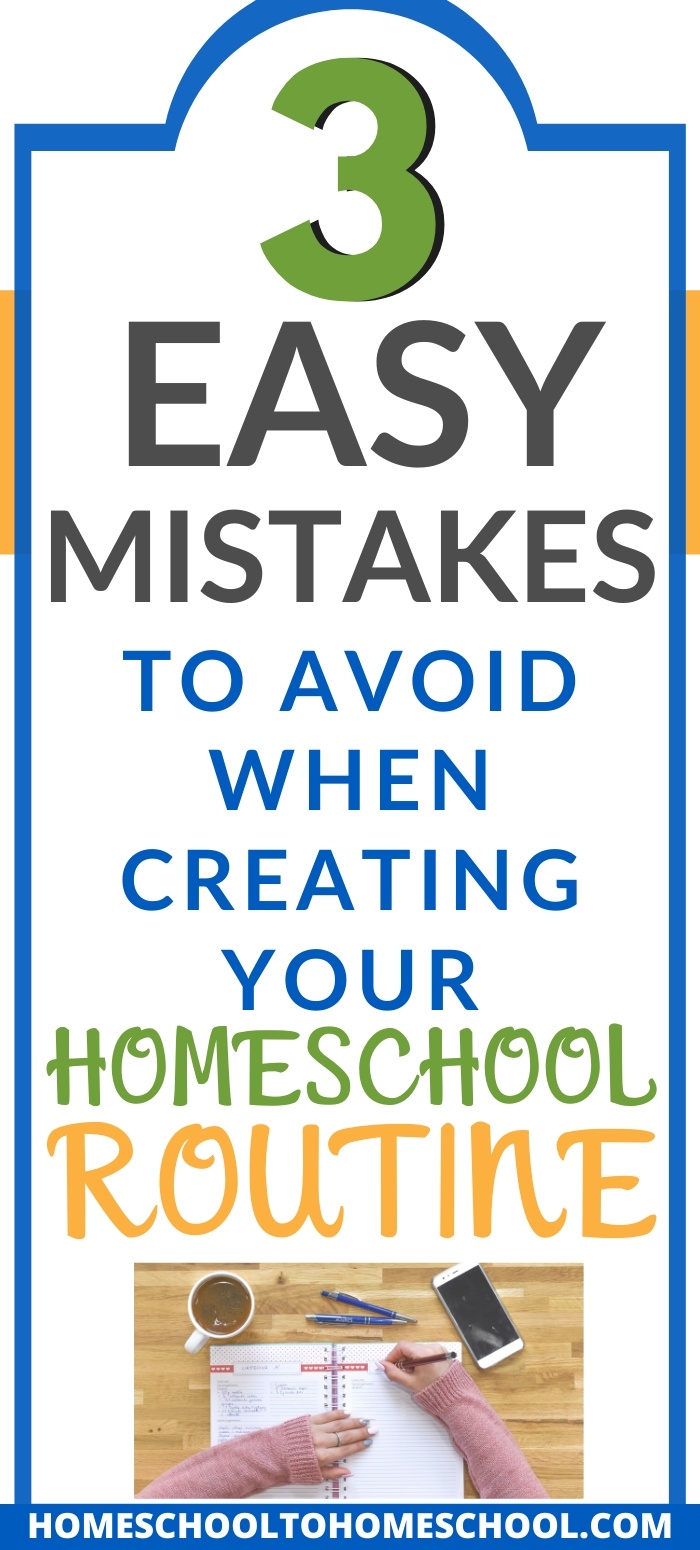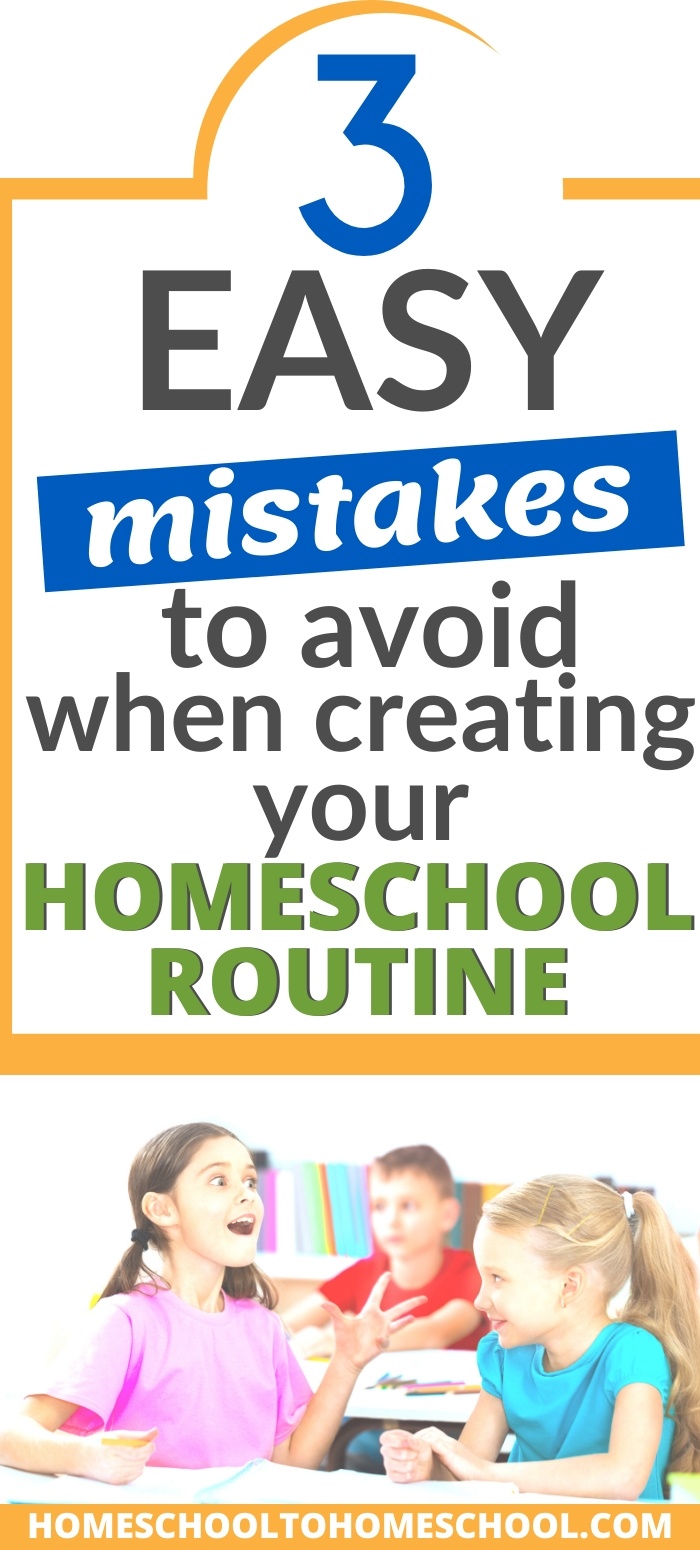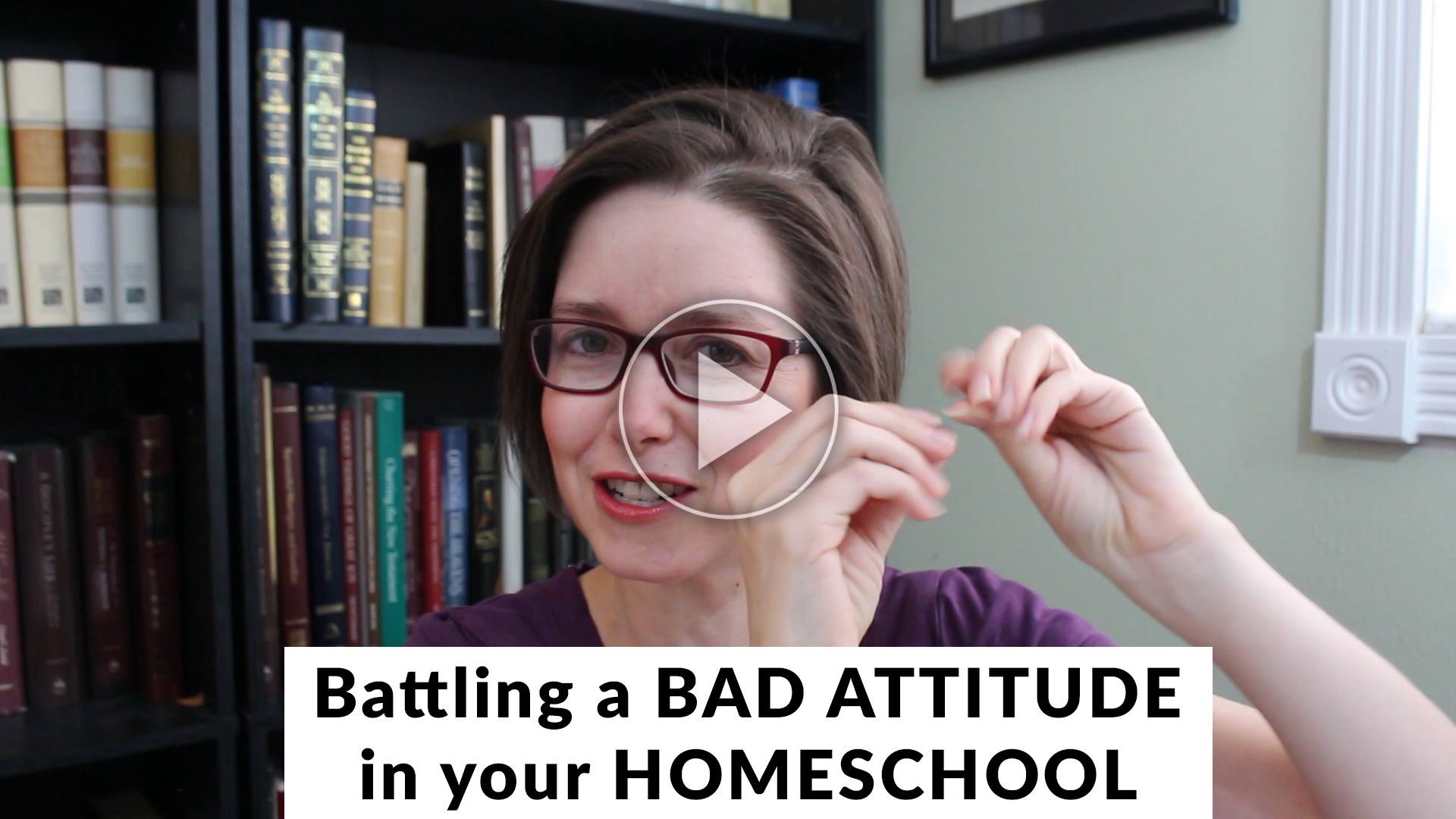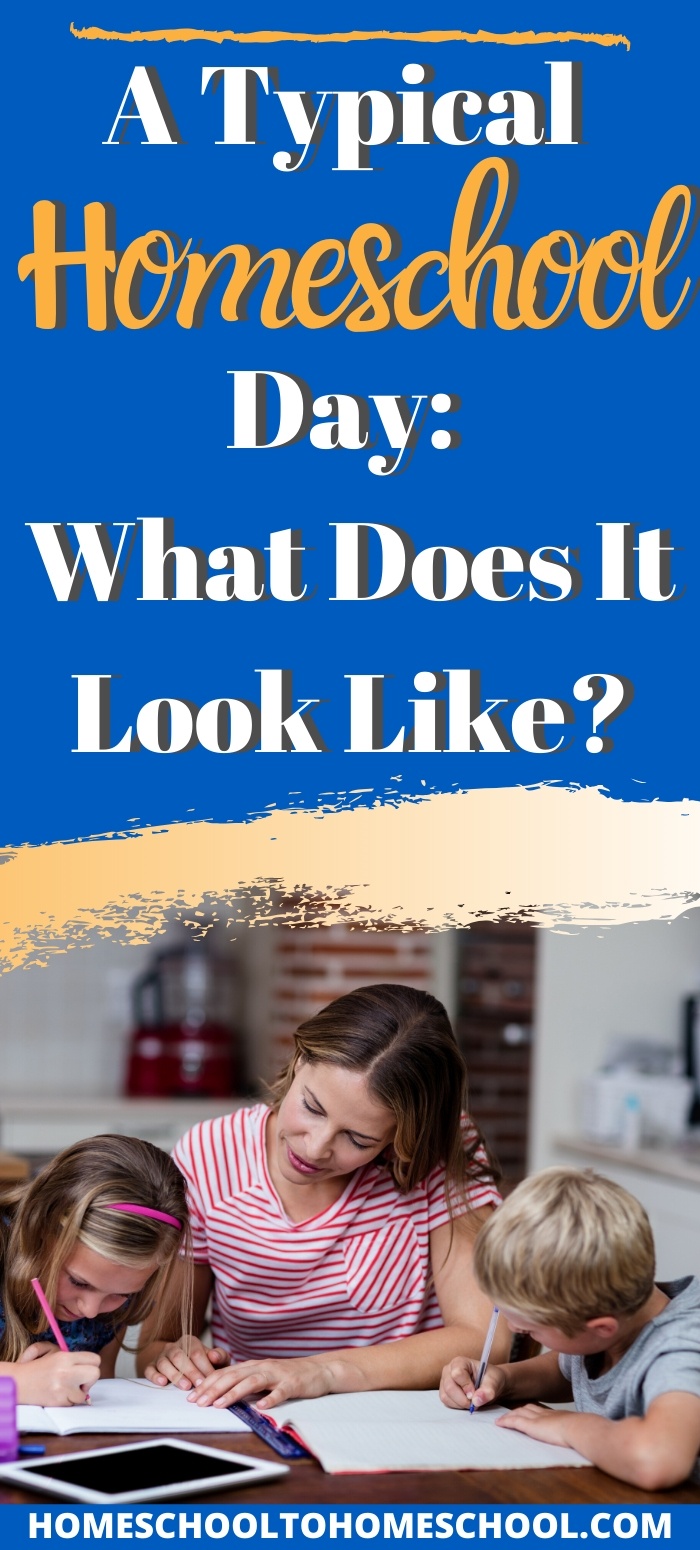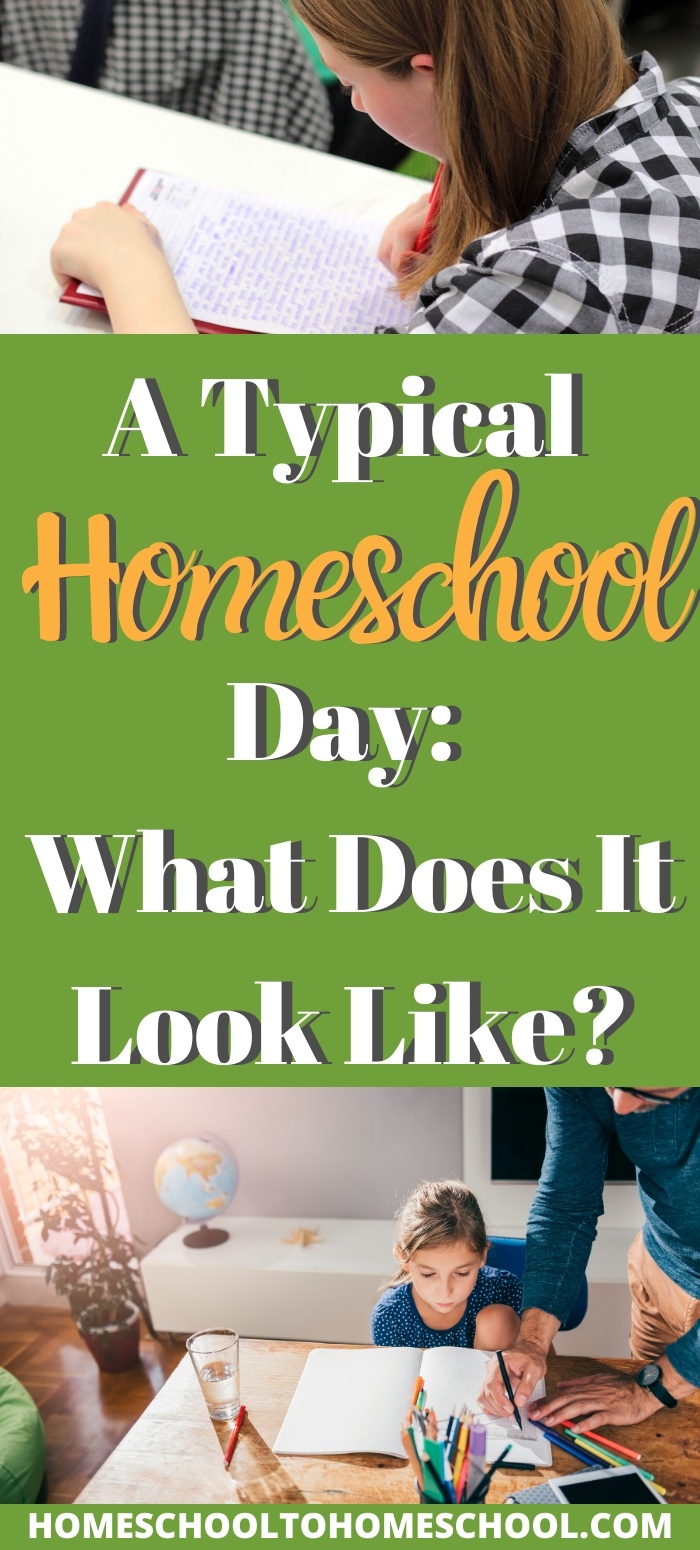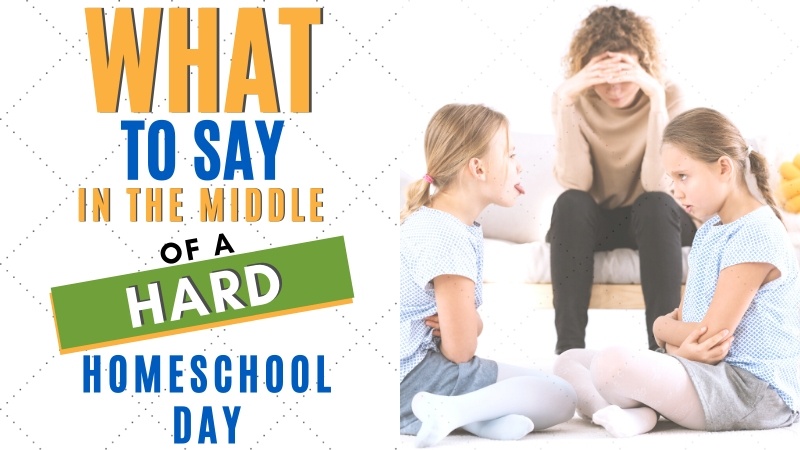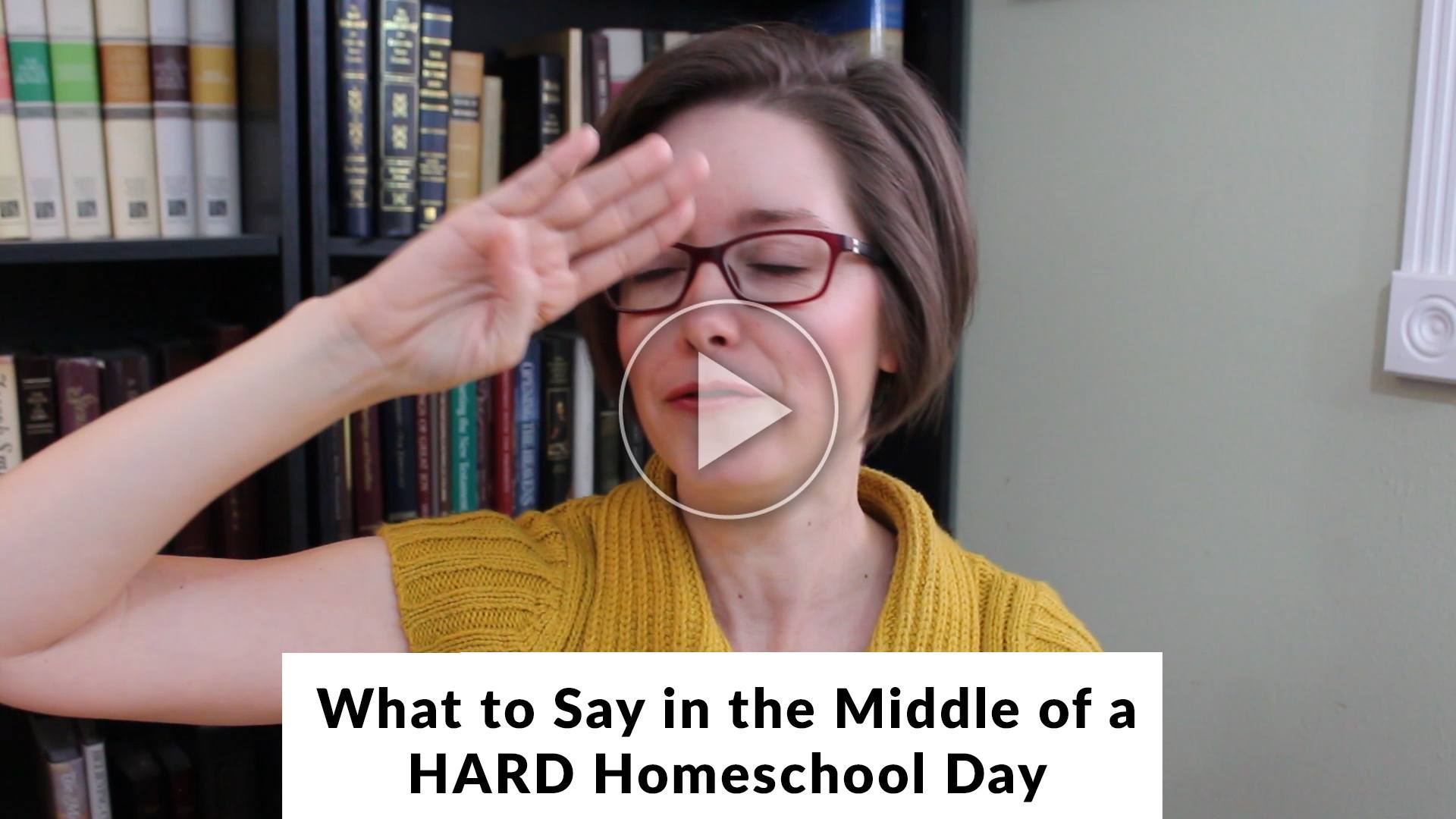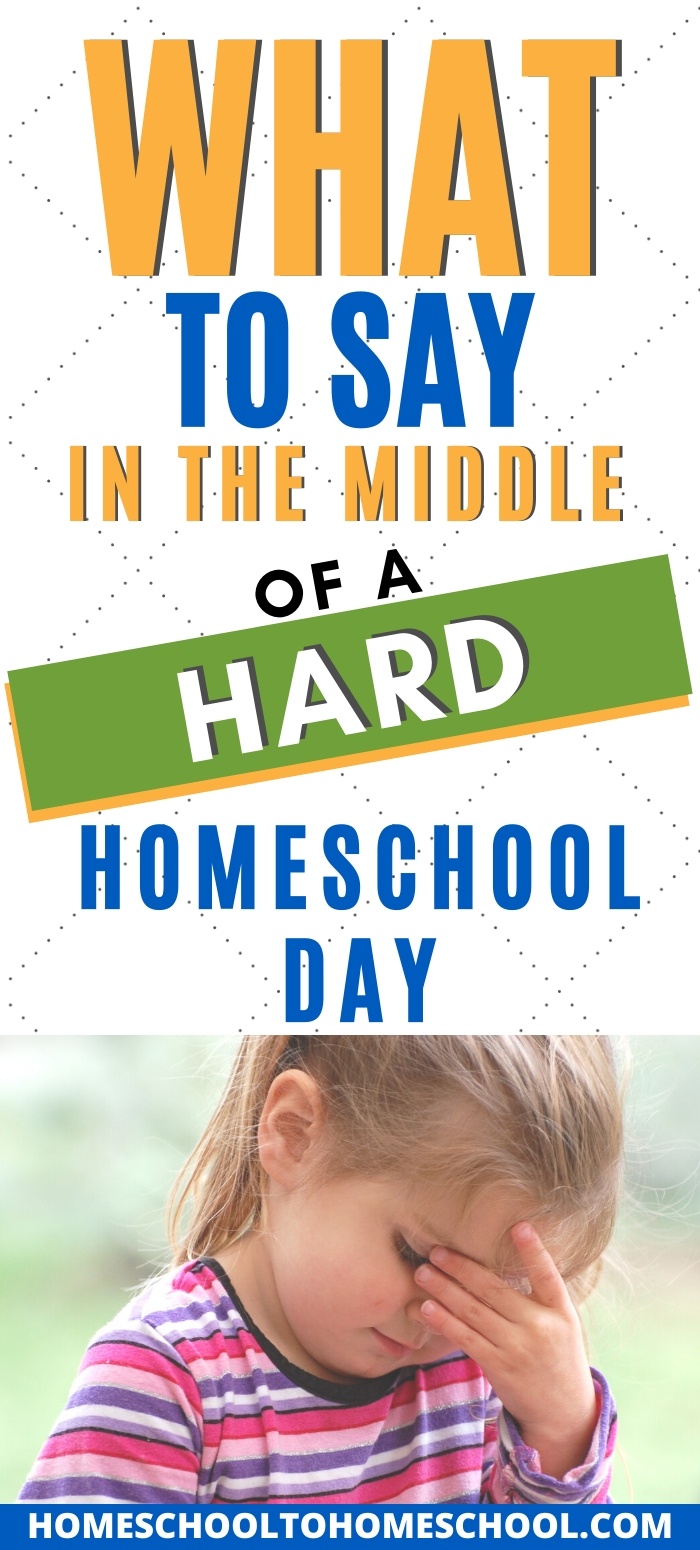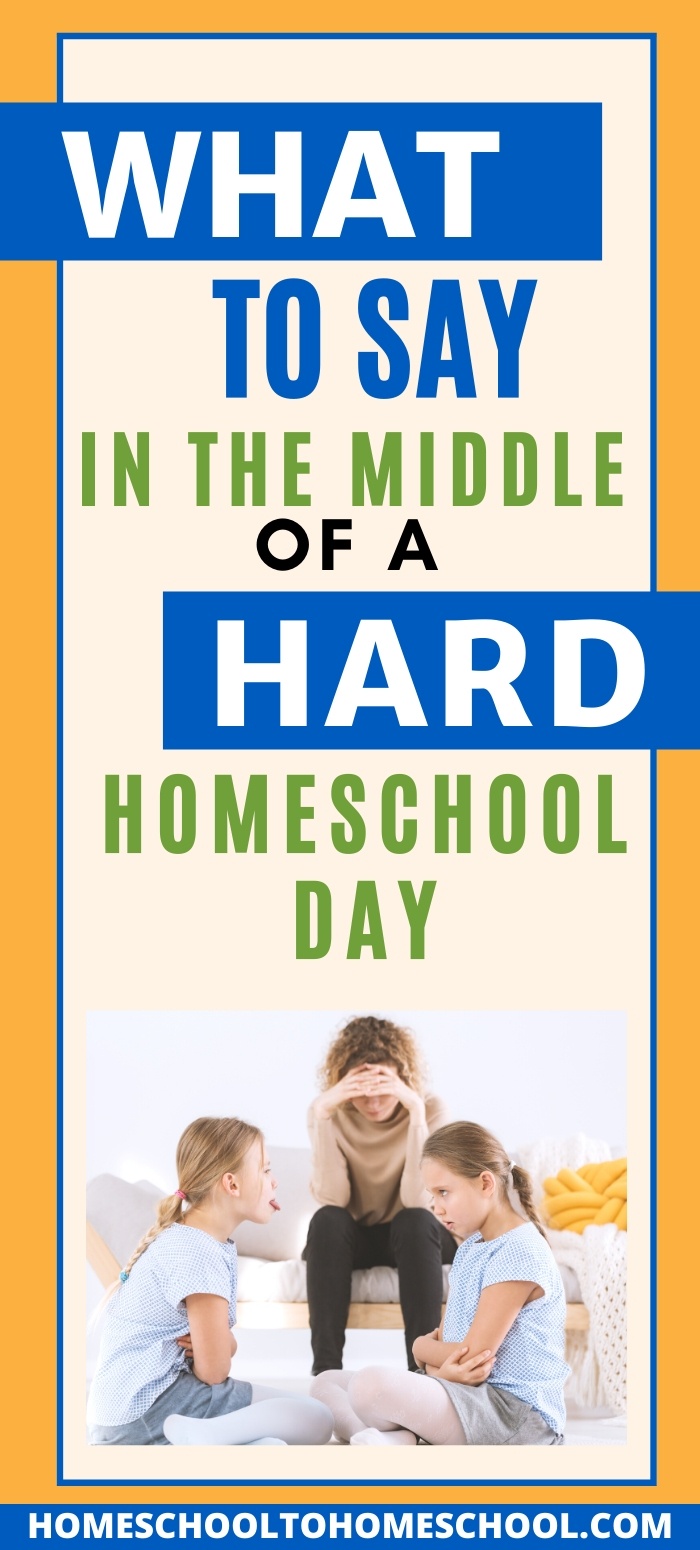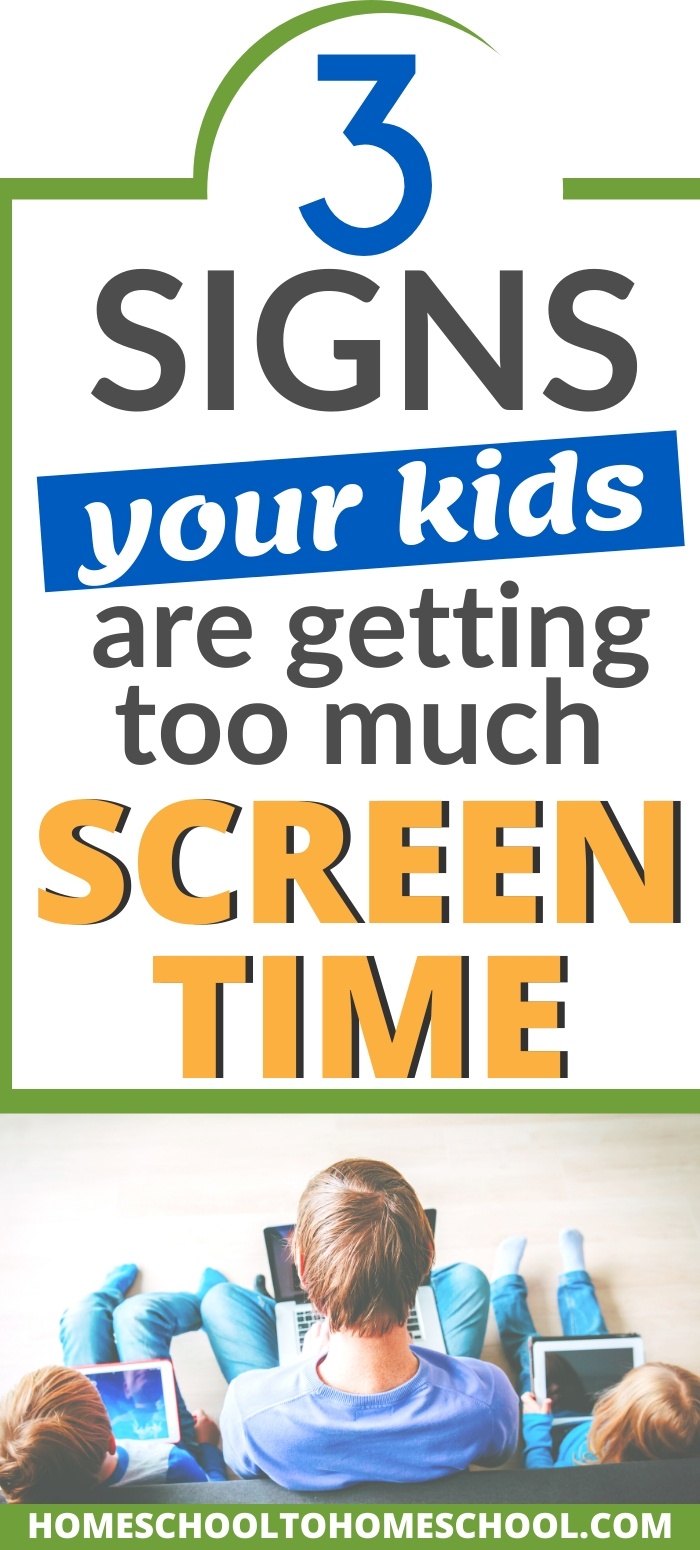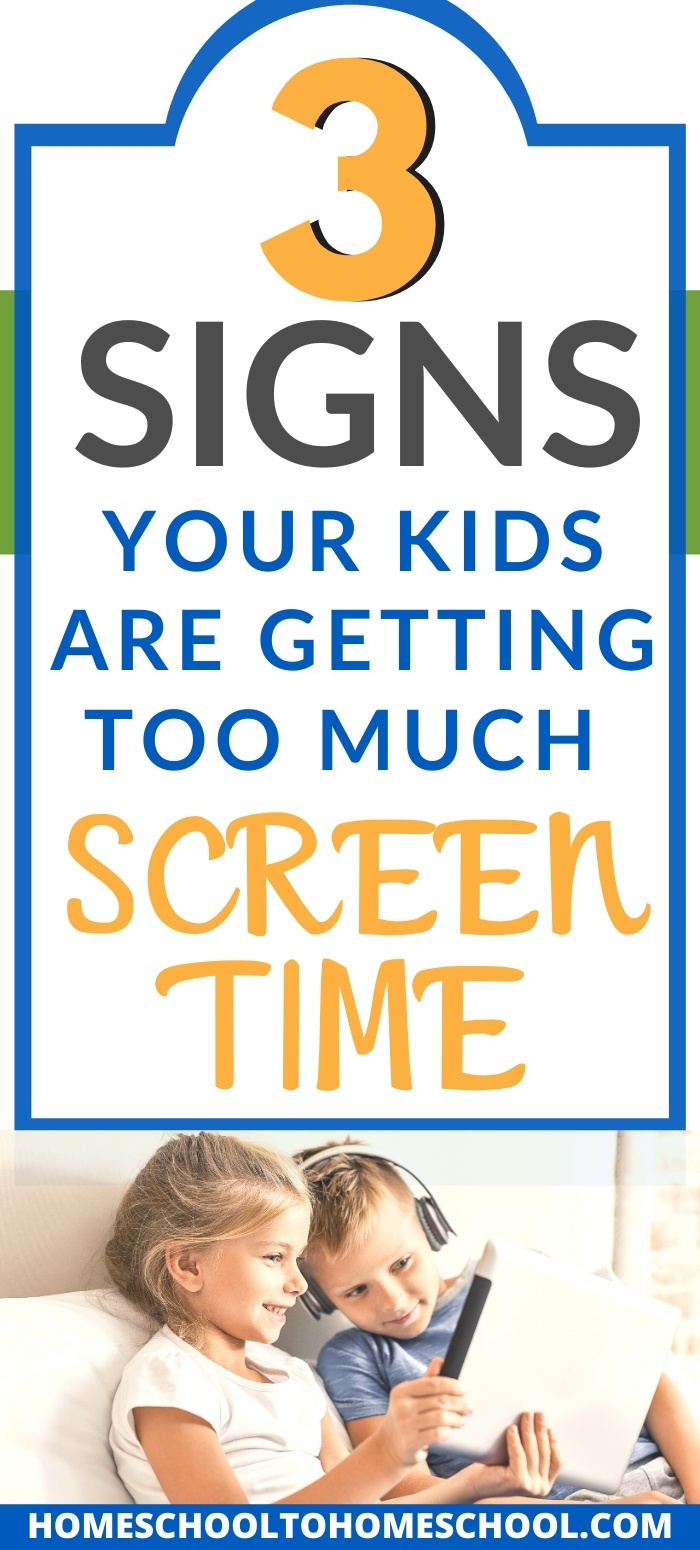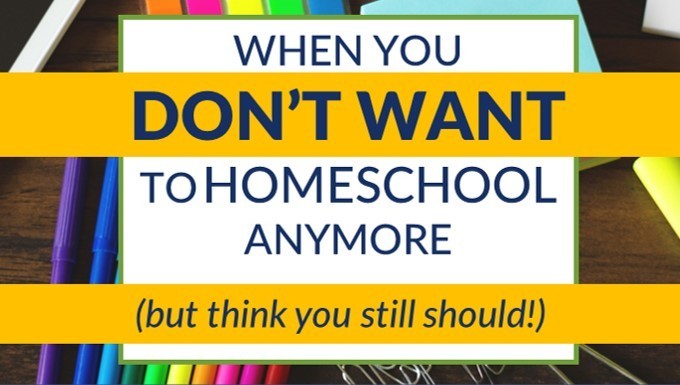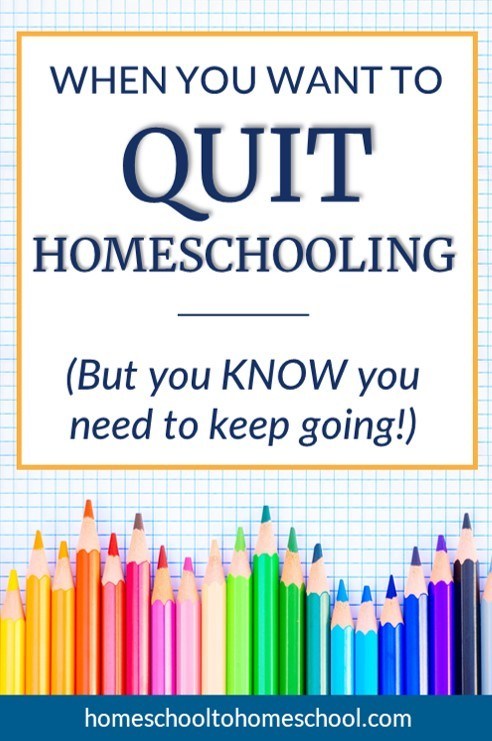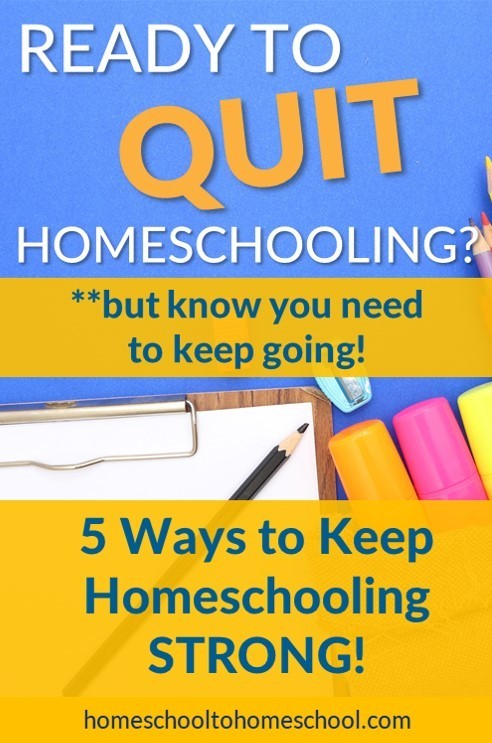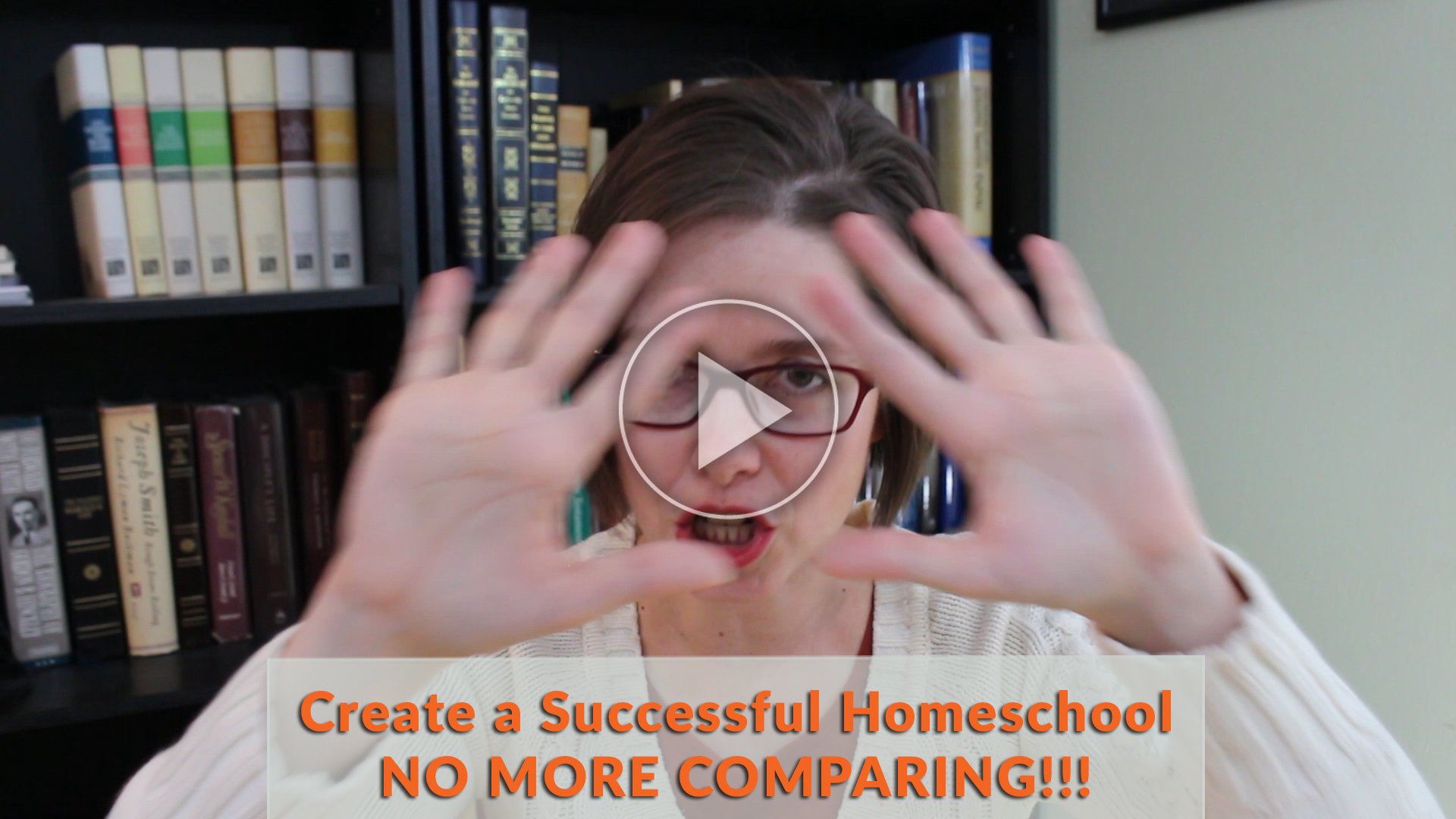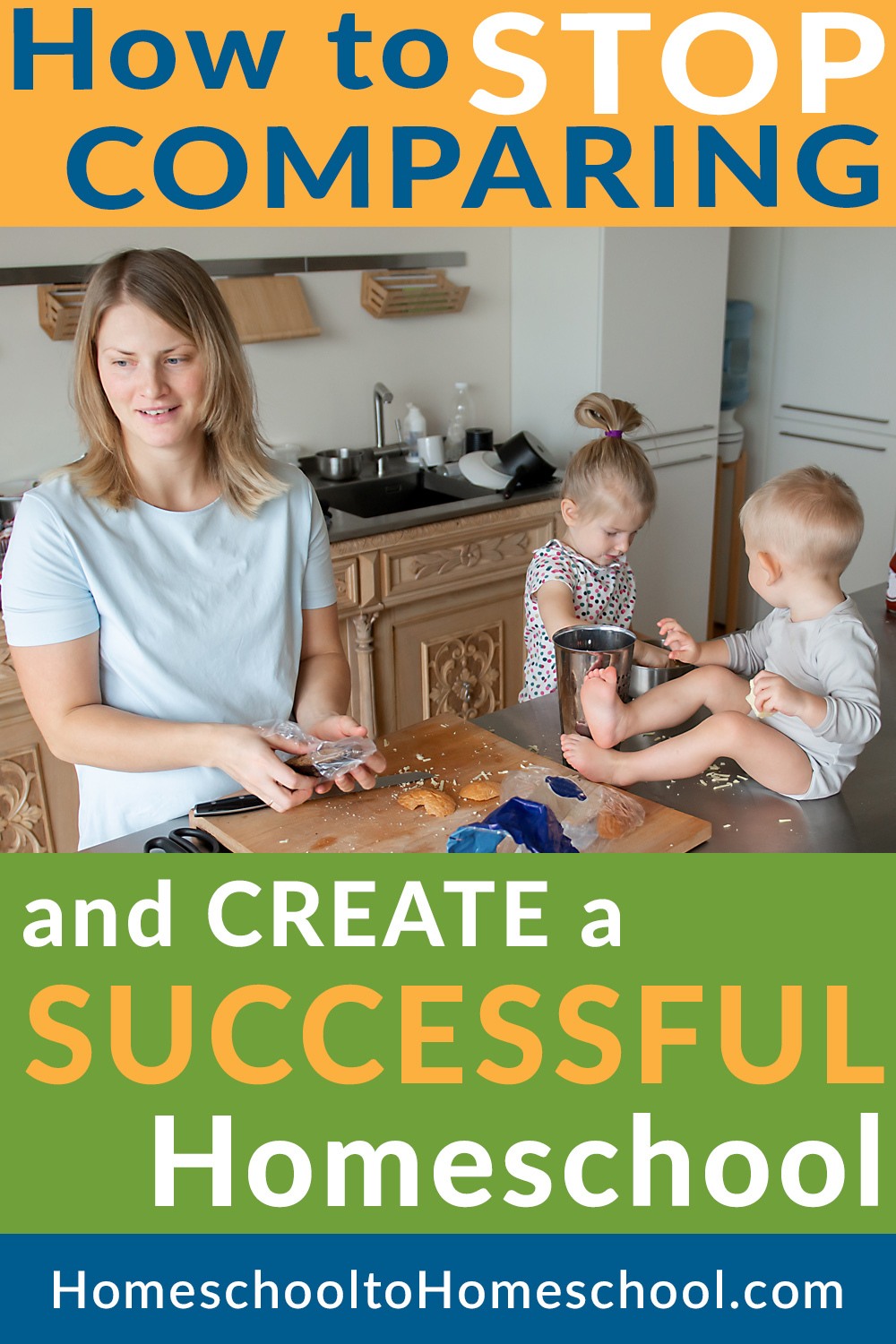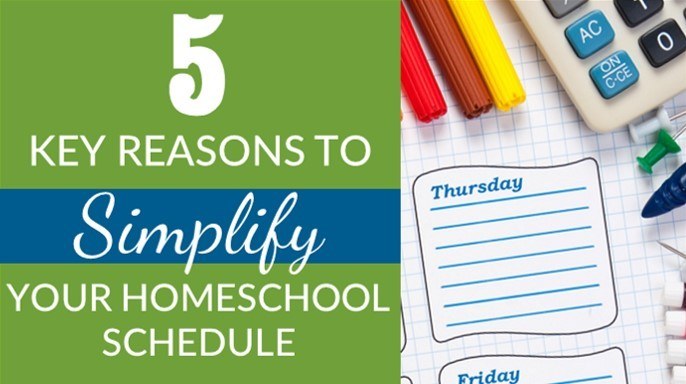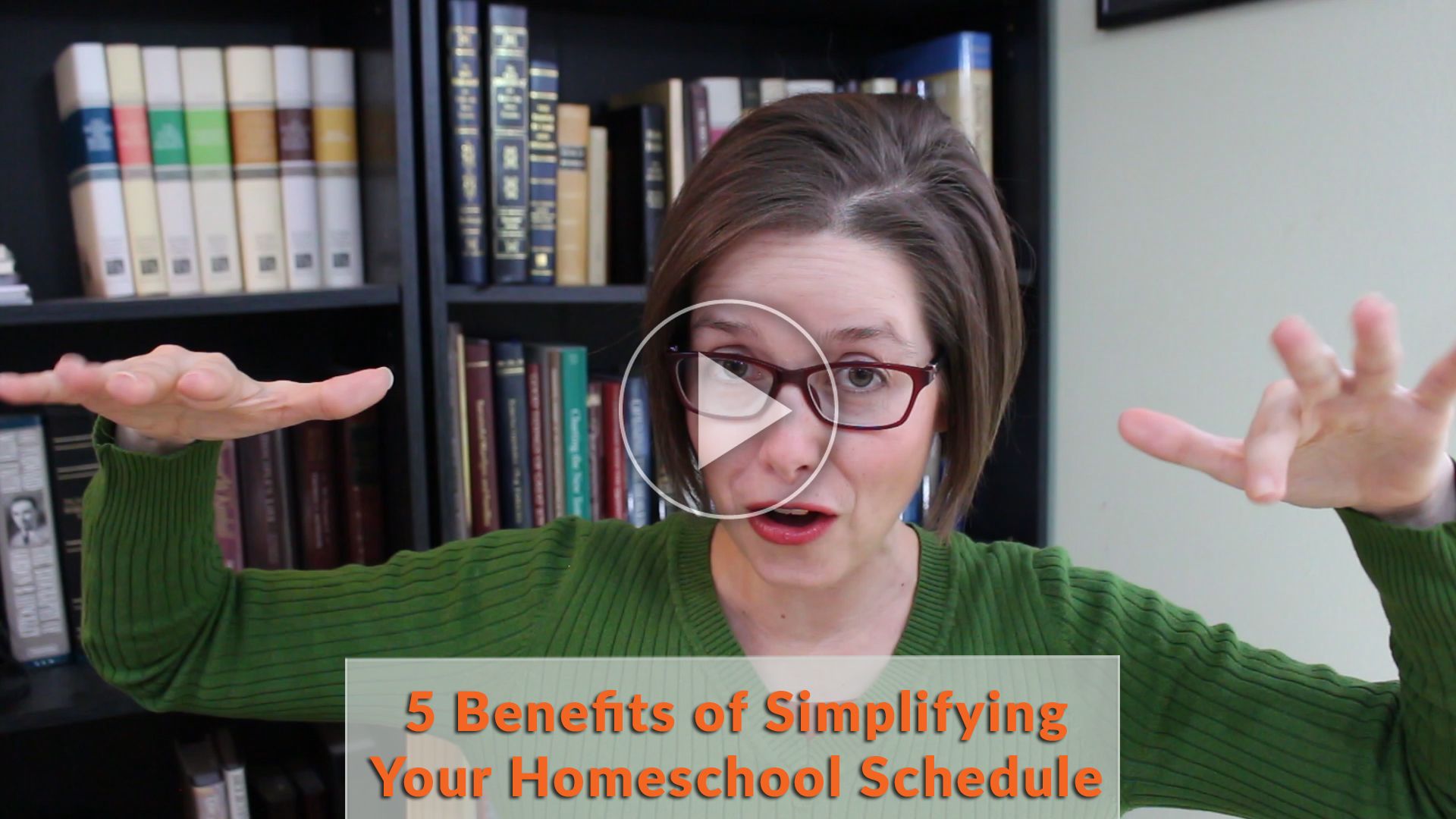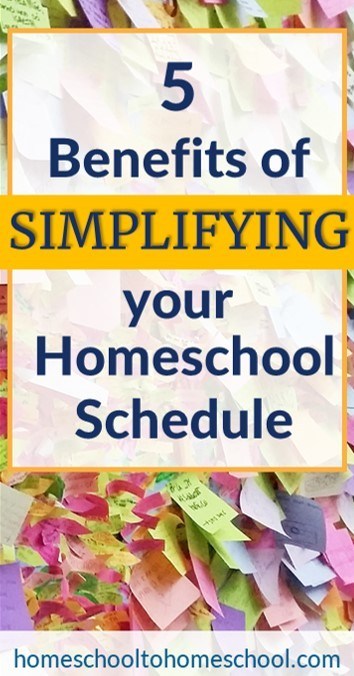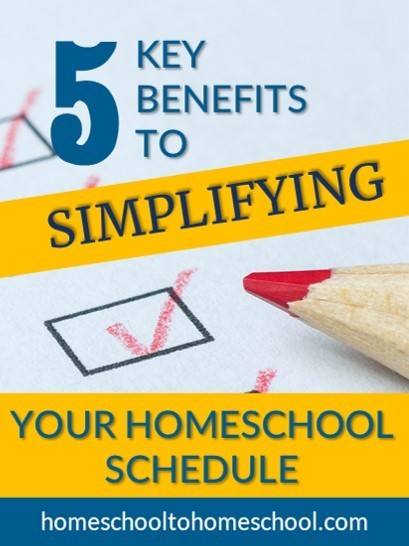I get where the question is coming from. A new homeschool mom is trying to figure out what do homeschool kids do all day?
How long should a typical homeschool day be?
It’s almost like she wants to pull back the curtain and see what the day in the life of a homeschool mom REALLY looks like.
But trying to answer what a typical day looks like is actually kind of a tricky question.
Because the truth is there really ISN’T a “typical” day.
Yes, there are homeschool routines that we follow. And there are homeschool rhythms and patterns.
But these adjust depending on the day, the season, and the needs of our family.
So what’s a homeschool mama to do?? Just roll out of bed and hope for the best??
Absolutely not!
Even though it’s constantly changing, there are ways to put together a homeschool schedule that works. And you can do it without losing the flexibility that homeschool offers AND requires.
So today I’m sharing what a “typical” homeschool day looks like in many homeschool families.
Hello. My name is ToriAnn Perkey and from my homeschool to your homeschool today I want to talk about what a typical homeschool day looks like. A typical day. This is a question that I see all the time. I see it in Facebook groups, I hear it at co-ops. You know, "What does a typical homeschool day look like?"
There is no typical homeschool day
So that's what I want to cover today, and I'm going to start out by just, I don't know, sharing a little secret. There is no typical homeschool day. I know. I think that there's this myth out there, this, mystique that somehow there's just, you know, what does a day look like? And the reality is they're all really different. And so it's really challenging as a homeschool mom who's been doing this for over 16 years. It can be really challenging for me to just say, well, your typical day looks like this because there are so many things that affect a homeschool day. And things that you can control and things that you can't control.
So for example, you might have a kid that wakes up sick. You might have a holiday where your husband's home from work or a holiday where you guys decide to travel. You might have a car emergency, you might have a family emergency, you might have a, so those are all things you can't plan for. But then you might also have a field trip or a special activity or you know a moon, a new movie comes out and you really want to go see it as a family or, or the it snows and you want to take a snow day. Like those are all things where you actually kind of plan that those things are going to happen.
Homeschool Rhythms and Patterns
So you're constantly juggling what a typical day looks like because there really are no typical days, although there are rhythms and patterns to homeschool days. So today I'm not going to talk about a typical day, but I am going to talk about some rhythms and patterns that you can use to kind of get a picture of what homeschooling looks like.
All right, so I want to clarify. I've been homeschooling for over 16 years, which means that we started when my youngest was three and a half. They're now all teenagers. What my day looks like now when my youngest is 13, is really, really, really different than what it looked like when all my kids were, you know, eight and under or 10 and under. So I'm going to break this video into a couple parts.
We're going to talk about a typical day, typical a rhythm day, a pattern day when I'm home. And we're also going to talk about one when we're out and about, because it kind of divides into those two categories. And under each of those categories, I'm going to tell you what it used to look like when my kids were younger and what it now looks like now that my kids are teenagers. So we're going to cover each of those.
Stay home with young kids
Let's start with what it looks like when you stay home with young kids. So staying home means that you don't have a field trip planned. You don't have an outing planned, you're not going to the co-op, you're just staying home and having a homeschool day. Well, the rhythm that we often did when it was sort of like a normal day is that my kids would get up, we would get dressed. We weren't a pajama family. There are homeschool families that are, we weren't. We would eat breakfast. We would then do kind of our chores, the work around the house. I would work with the kids, we would all kind of work together at the same time and then we would gather on the couch.
We would do devotional, we would, you know, morning time we would read books, we would do art study or we'd watch a video. It was kind of our gathering time. We would do games together. We'd have kind of our time together and then the kids would kind of separate and we'd have time alone and that's where I would kind of help the kids who might be working on something that they would need help with and then we would be done and they would go off and do their own playing their own passions, their own interests.
And that's when I would get my time. Now you might be thinking, well how long is that? While we would get up, and again this is just me, I know homeschool families who are super successful with all kinds of schedules, but we would get up roughly around seven in the morning and I would get up a little bit earlier cause I'm a morning person, but we would get up, we get up around there, we would start homeschool about nine or nine 30 and we'd usually be done about noon. Remember this is again when all my kids were little, maybe one o'clock if they had specific assignments cause they were 10, 11, 12. That's what it looked like when they were younger.
Stay home with older kids
Now that they're older, it actually looks a lot different. So first of all, I now work and so I work early, early in the mornings again cause I'm a morning person and my kids don't actually get up and we don't get going until about 10 in the morning. They get up before that if they want to do things. But 10 is when we gather together. That's when we say prayer. We do our gathering time, we do our devotional. That's also when we kind of coordinate the day because now my teenagers are going all over the place and most of the time I'm actually a facilitator of them going directions.
Who needs the car? Who needs to be here, who am I driving? So-and-so is, you know, child A driving child D somewhere because some can drive and some can't. So now our day is much more about coordinating after we gather at around 10 and then they go off and do their independent work. And most of what they do now is independent. It doesn't require me anymore. I am available however to answer questions, to help with projects, to help with math problems. If I can still help with math problems to help with writing, things like that.
So my day looks really, really different now and my free time is actually different. It's, it's segmented throughout the day when they don't need my help. And sometimes I will schedule with a child and say, okay, we're going to sit down and do this particular assignment right now. Because they'll say, okay, well we'll schedule to meet together at 1:15 and we kind of treat it like that more like tutoring rather than a set time.
So that's, and then we wrap up and they, and there's often activities in the afternoon that we're going to, so I'm driving kids to lessons or other kids are driving kids to lessons or going to lessons, you know, and then we finish out the day.So it's very, very different now than when I was, when my kids were younger. So that's what typical normal days look like when we're home.
Activities with young kids
So let's talk about now what they look like when we're out and about. When my kids were little, and again this is all, you know 12 and under 11 and under, when we had an outing, whether it was a co -op day or just a field trip. And we're talking like a field trip that takes an hour. I did not do anything else homeschooling other than probably to gather and some kind of devotional. And what I mean by devotional, we said prayer, we would get up, we would try to get the work done.
If that happened, I would feed my children. So we'd get up, we'd have breakfast, probably get the work done and then we would go on the outing. And that was the day. Because by the time I got everybody ready, got in the car, went to the outing and got home, I was tired and I didn't have the energy. And it was so hard to like try to get back into our routine. And so I was very careful and intentional about how I would plan my school day and my school year, recognizing we were going to take lots of those days and I would have different kinds of expectations about how much we would accomplish with our book work or our reading book or our games or whatever. Because if we went somewhere that was it.
Activities with older kids
Now my kids are older, right, so getting ready to go somewhere is easier, but because they're independent, I actually let them decide when and how they want to get their independent work done. And I cancel the classes I'm still in charge of, so I'm still doing math with a couple of my kids on days when there's outings. On days when there's other things, we just don't do math because again, I recognize that by the time we get there we do the thing and we come home.
It, just for me, does not work my rhythm to put those classes and try to do them at, you know, four in the afternoon or six at night. Maybe some moms do, I don't. I'm just going to own it and say that's how it works for me. So that's what typical days look like when kids are younger, typical days look older.
This is pretty common
And lest you think, I'm just talking from my own experience, having been around for 16 years, I've read a lot of people who have written out their schedules. I've read probably, Oh I probably have read a conversation or had a conversation or read at least a hundred different examples of days. And these are really the patterns that I see across the board. I see very few people who are super rigid and structured every day no matter what. Now this is one piece of being a successful homeschool mom is, how do you structure your day?
It is like you got to figure out how you kind of want the day to go. Cause the day is, the block, the building block of the week, the year, the month, the year and beyond. So if you're still in the research phase and you're trying to figure this out or you're thinking, "I have tried to be homeschooling, I'm trying to structure my day, I have no idea how to do it."
I definitely want you to check out a course I've put together, it's called The Confident Homeschool Foundations Program and this Confident Homeschool course is all about ,how do you be a successful homeschool mom. And it includes a huge portion on how you structure your day, including several examples of different types of days that you can structure that will all fit these general principles that I've shared with you.
If that sounds like that's something would be helpful, please check out the link up above, down below. You know wherever you're watching this video, and I'm going to give you a coupon code. If you use it, you will get 50% off the retail price and the coupon code is “typical” - TYPICAL. Doesn't matter if it's lower case or upper case, just put in the word typical. You'll get 50% off the price and it's going to give you everything that you need to set up a successful structured homeschool day in a way that works well for you.
It gives you a way to tailor and individualize it. So if that's something that would be helpful, be sure to check out the link. It will definitely be something that I think you can find that will be useful. I'm ToriAnn Perkey and I make these videos every week so that you can be a successful and confident homeschool mom.
